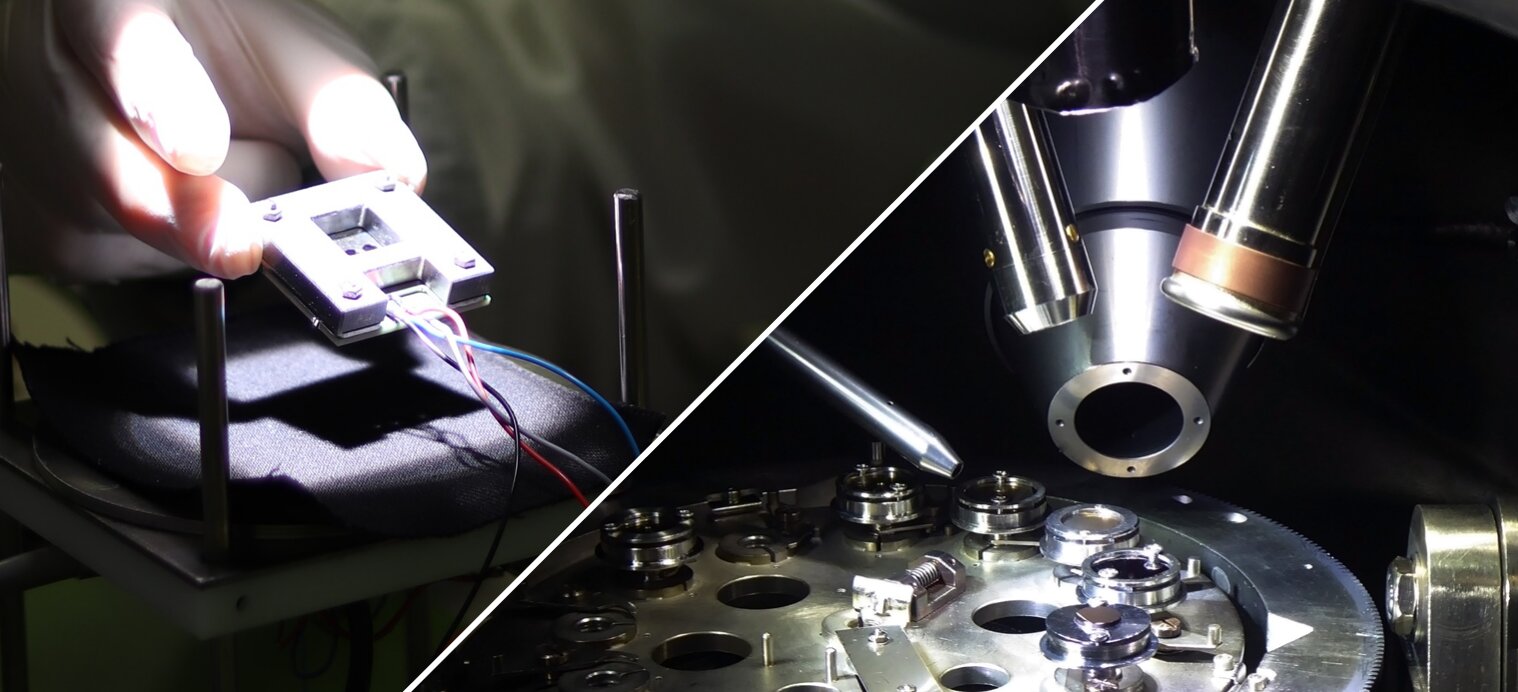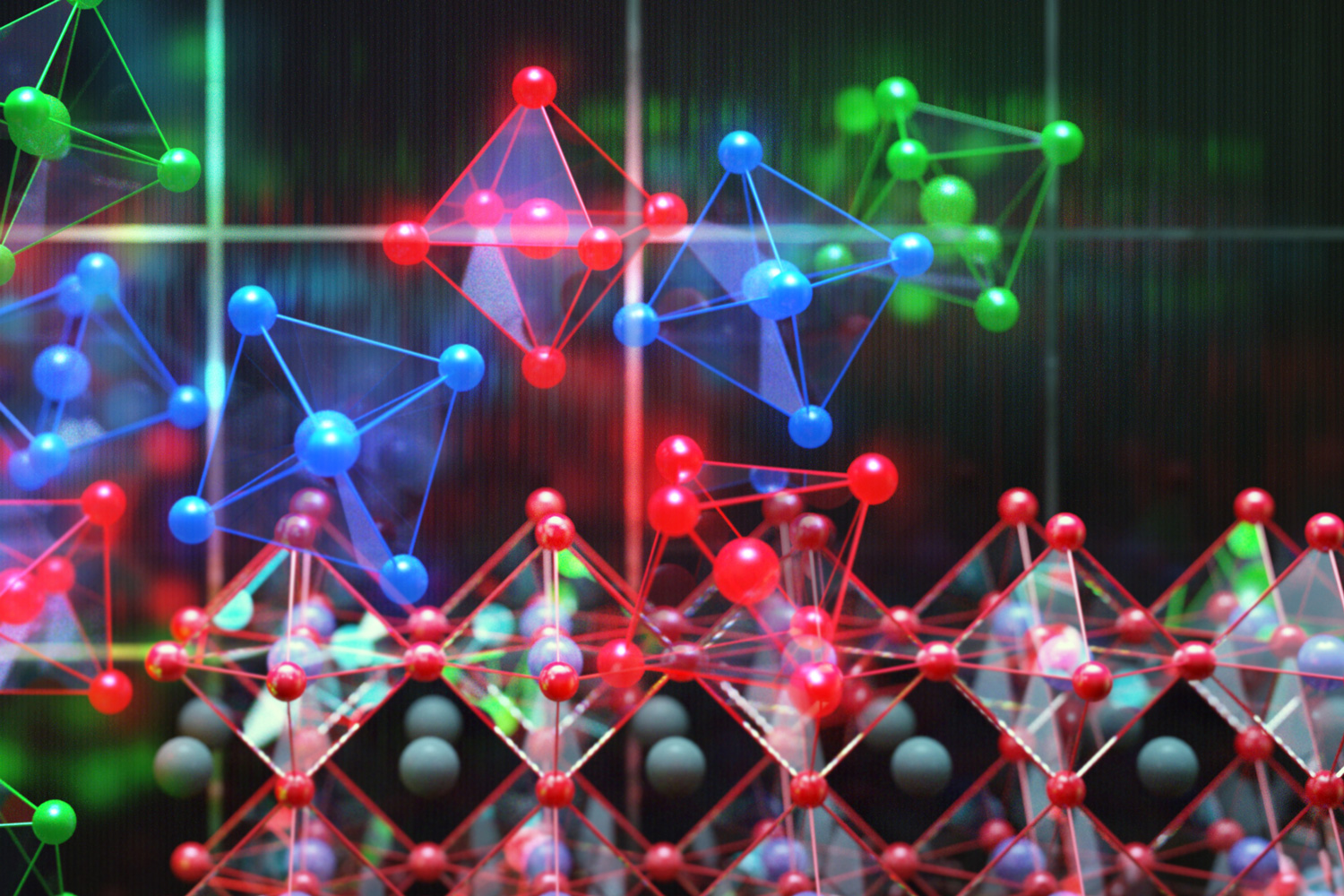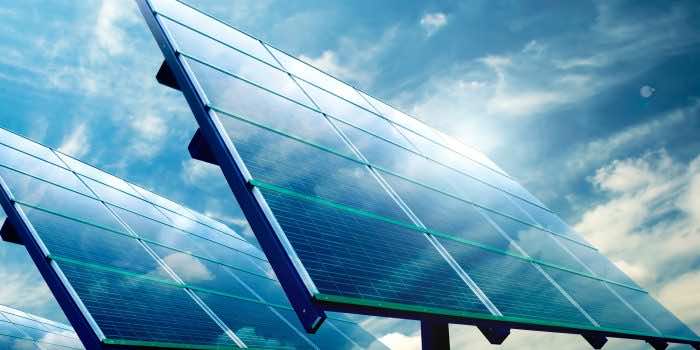With its notable expansion in recent times, solar technology has elevated the importance of other alternative sources of energy. Their dependability, effectiveness, endurance, and cost are important in terms of economic viability and sizable deployment of solar power plants worldwide. German researchers have established a new world record in solar cell efficiency by employing the so-called “wonder element” perovskite. Researchers from the Universities of Wuppertal, Cologne, Potsdam, and Tubingen created a tandem solar cell out of organic and polycrystalline materials, which they believe may one day substitute the silicon-based technology used in ordinary photovoltaic modules. “Tandem solar cells combining silicon and a metal halide perovskite represent a viable possibility for exceeding the single-cell efficiency barrier,” the researchers said in a report published in the journal Science.

“Our work reveals the tremendous potential of perovskite-based tandem solar cells for potential commercial uses of photovoltaic (PV) technology,” says Assistant Professor Hou. We want to enhance the productivity of our tandem solar cells and expand this technology based on our recent discoveries.” “Our findings demonstrate the enormous potential of perovskite-based tandem solar cells for possible commercial applications of photovoltaic (PV) technology,” adds Assistant Professor Hou. Based on our latest breakthroughs, we wish to improve the efficiency of our tandem solar cells and extend this expertise. “Also, combining perovskite with silicon does not lead to higher prices of solar panels, which is critical as the world increases its usage of solar energy.”

When utilized in tandem, solar cells made up of two semiconductors with different bandgaps can reach significantly better efficiency than individual cells. This is because tandem cells make better utilization of the solar spectrum. Traditional silicon solar cells, for example, readily transform the infrared components of light into electrical energy, but specific perovskite materials may effectively exploit the viewable parts of sunlight, resulting in a strong mixture. At the outset of the research, the finest perovskite/organic tandem cells in the world had an effectiveness of roughly 20%. The Cologne researchers, along with the other partner organizations, were able to enhance this number to an exceptional 24 percent under the supervision of the University of Wuppertal. “To reach such high performance, the inefficiencies at the junctions between the materials within the solar cells have to be reduced,” stated Dr. Selina Olthof of the Institute of Physical Chemistry at the University of Cologne.



